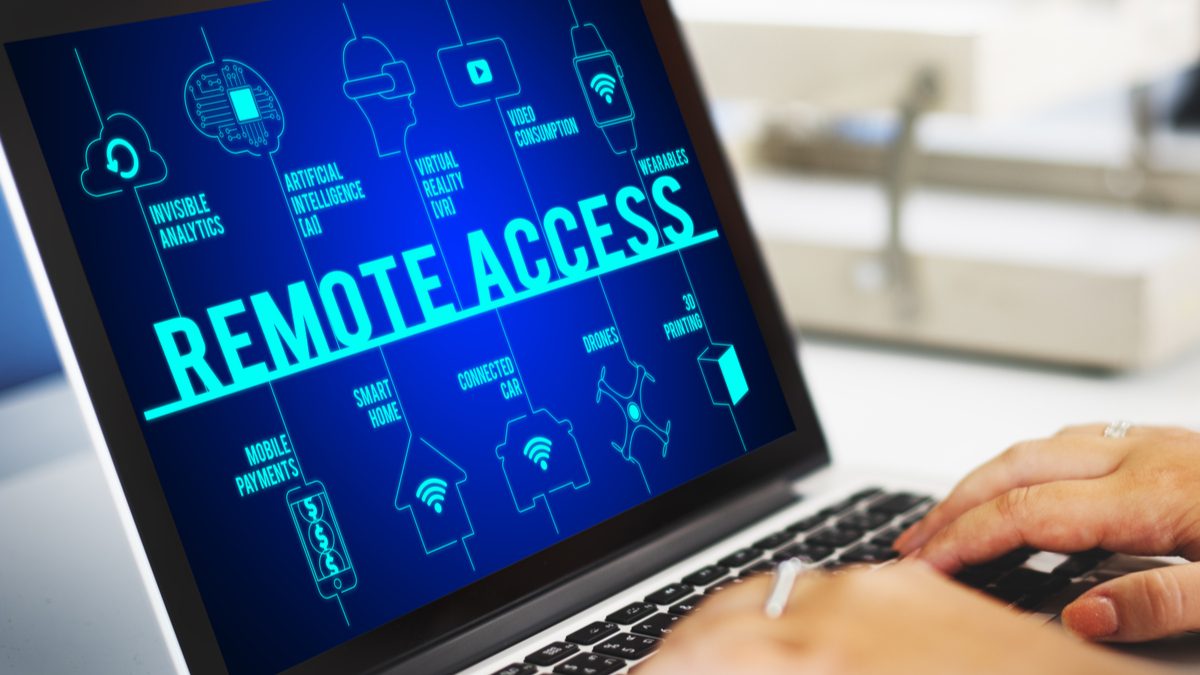
Work from home and remote working is the new norm and continues to be in practice, even after two years of the global pandemic.
As remote working environments get more popular, businesses are looking for ways to strengthen remote access security to prevent cybersecurity network attacks and online breaches.
Traditional VPNs and a few security mechanisms don’t suffice the needs and solve the remote access security concerns.
Hence, in this article, we share the ultimate secure remote access checklist to help you secure your company network, critical infrastructure, and applications from malicious attacks and data breaches.
Secure Remote Access Checklist For Maximum Network Security
Here is a list of secure remote access protocols and measures you must employ within your company’s network infrastructure to enable secure remote connectivity and access for remote employees.
1. Employ the least privilege access principle
Limiting network access privileges is one of the most crucial ways to mitigate cybersecurity risks and ensure secure remote access.
Your users and remote employees need not require access to all the critical business applications and systems. Depending on their needs and requirements, you can set separate policies for administrators and other workers.
You can leverage Zero Trust’s granular access control to set role-based access policies and grant minimum user access to remote employees.
2. Apply multi-factor authentication
Authenticating user and device identity is another crucial non-negotiable to granting remote access.
Users typically require a username and password to access applications and log in to their systems. If these credentials get compromised and fall into the wrong hands, it exposes all the critical business information and leaves your company vulnerable to malicious attacks.
Hence, it’s important to employ a two or multi-factor authentication system, requiring remote users to log in via multiple authentication processes to access systems. This adds an extra security layer and prevents risks of cyberattacks.
Some examples of multi-factor authentication include mobile verification, pin code, email verification, retinal scan, biometric authentication, and voice recognition.
3. Develop cybersecurity policies for remote and third-party access
Setting clear and strict cybersecurity policies for all your remote employees and third-party vendors is highly important for remote access solution security.
These policies may comprise updating anti-malware and anti-virus software, approved messaging platforms with data encryption, like WhatsApp, patching and updating security schedules, and remotely wiping device protocols if they get lost.
You must also enable security controls and policies for Bring Your Own Device (BYOD) devices to grant the least privilege and authenticated access to the network to remote users from their personal devices.
Moreover, ensuring secure third-party access is key to preventing third-party security risks and enabling seamless and secure collaboration for optimal business functioning.
4. Choose a suitable remote access software
Choosing the right remote access software that best fits your needs is essential to secure remote access. For this purpose, you can choose from desktop access, direct application access, and Virtual Private Networks (VPNs).
However, VPNs aren’t recommended for remote desktop web access security and network security as they increase the attack surface, grant excessive access, expose IPs to the external network, lack scalability, and impede network performance.
On the other hand, direct application access poses the lowest security risk, allowing employees to directly access the applications, limiting the attack surface and breaches.
5. Train employees about cybersecurity
Lastly, educating employees and giving them proper cybersecurity training is important, making them apply the best cybersecurity practices and cultivate a secure remote work environment.
It’s beneficial to make employees aware of the safe internet protocols, physical security of devices during travel and using public transport, and social engineering attacks, such as phishing.
Conclusion
The growing remote environment has increased cybersecurity risks and online breaches. Hence, ensuring maximum remote access security is important for your organisation.
Check out InstaSafe’s Zero Trust Security and secure remote access solutions to secure your remote workforce and boost remote employee productivity.


Comments are closed.